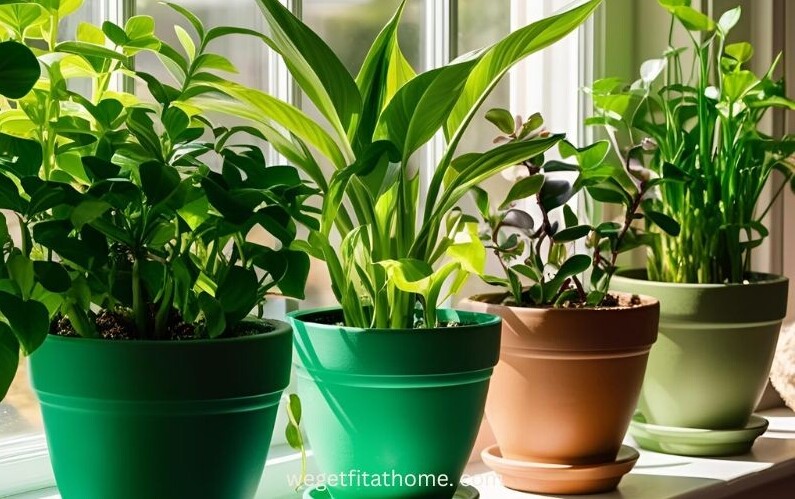Creating a healthier home environment doesn’t have to be complicated. One of the easiest and most natural ways to improve the air quality inside your home is by adding a few well-chosen houseplants. In this article, we’ll look at the 10 best indoor plants for clean air—plants that not only beautify your space but also help remove harmful toxins and boost your well-being.
Why Air-Purifying Plants Matter
Indoor air can often be more polluted than outdoor air due to everyday items like furniture, paint, cleaning supplies, and even carpeting. These items can release chemicals such as formaldehyde, benzene, and xylene into the air. Luckily, some plants can help filter these toxins naturally.
NASA’s landmark Clean Air Study (1989) found that certain indoor plants can absorb up to 87% of air toxins within 24 hours, including benzene, formaldehyde, and trichloroethylene (NASA Clean Air Study). Additionally, the American Lung Association and Environmental Protection Agency (EPA) both recognize that improving indoor air quality helps reduce risks of asthma, fatigue, and respiratory illness.
Adding these plants to your home can help reduce the risk of headaches, sinus irritation, and airborne mold exposure—while offering mood-lifting, stress-reducing beauty.
10 Best Indoor Plants for Clean Air
Below are ten of the best plants you can bring into your home to help purify the air and create a more comfortable living space.
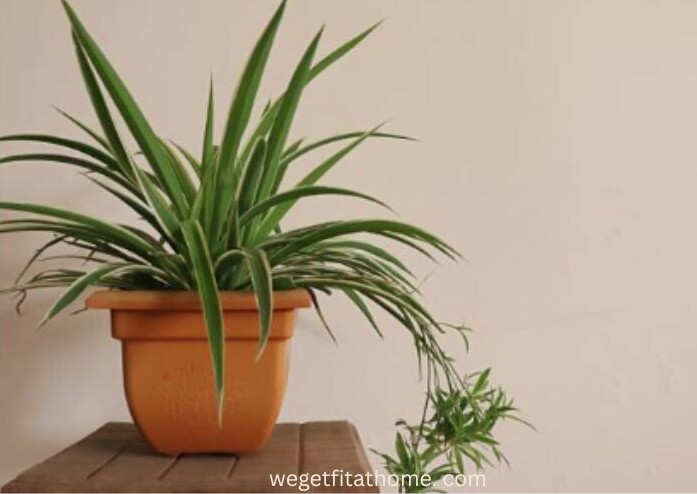
1. Spider Plant (Chlorophytum comosum)
The spider plant is a cheerful, fast-growing beauty with arching green leaves striped with creamy white. Its cascading babies, called “pups,” hang from long stems and can be easily propagated. Spider plants usually grow 12 to 18 inches tall and wide, and they thrive in well-draining potting soil. Their playful, fountain-like form adds movement and texture to any indoor space.
- Air benefits: Removes formaldehyde, carbon monoxide, and xyl
- Care: Very low-maintenance and pet-friendly
- Light: Prefers bright, indirect light
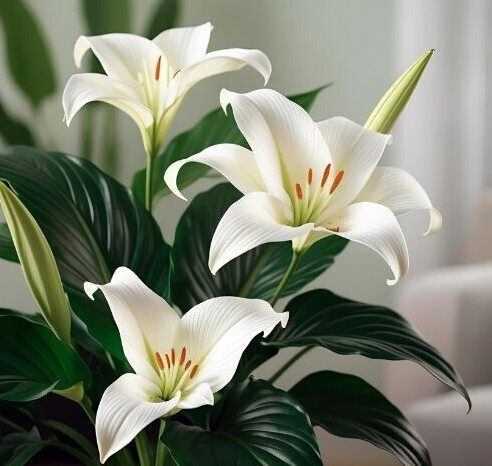
2. Peace Lily (Spathiphyllum)
With its lush, emerald-green leaves and graceful white blooms that resemble a flag of peace, the Peace Lily brings a calm, tropical elegance to your home. It grows to about 2–3 feet tall and prefers low to medium indirect light. Its foliage is smooth and glossy, and the white spathe blooms emerge throughout the year. Moist, well-draining soil and a touch of humidity keep this beauty thriving.
- Air benefits: Filters benzene, ammonia, and formaldehyde
- Care: Keep the soil moist and avoid direct sunlight
- Bonus: Beautiful white blooms brighten any room
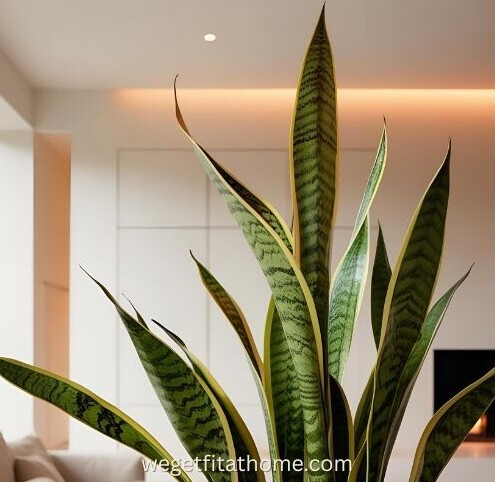
3. Snake Plant (Sansevieria trifasciata)
This striking plant has stiff, upright leaves with green bands and yellow edges. The leaves can reach up to 3 feet tall, forming a bold, vertical accent. It does best in sandy, well-drained soil. There are over 70 known varieties of snake plants, with different leaf colors, shapes, and growth patterns. Some popular types include ‘Laurentii’ with yellow-edged leaves, ‘Moonshine’ with silvery-gray foliage, and compact varieties like ‘Hahnii’ which grow in a tight rosette.
- Air benefits: Produces oxygen at night and removes toxins
- Care: Extremely hardy; tolerates low light and infrequent watering
- Great for: Bedrooms, thanks to nighttime oxygen production
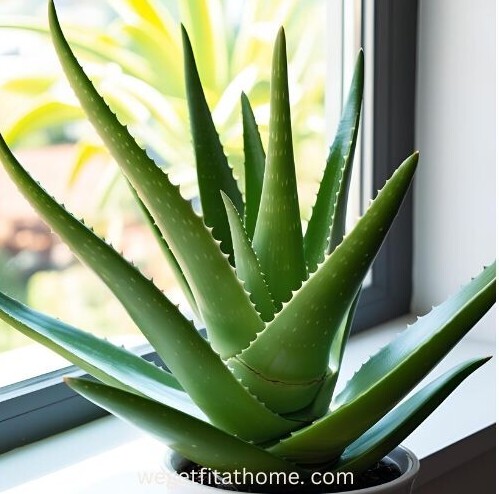
4. Aloe Vera
Aloe Vera is a classic succulent known for its thick, fleshy green leaves filled with soothing gel. The leaves grow upright in a rosette shape and are edged with gentle serrations. Typically growing 12 to 24 inches tall, aloe loves sun-drenched windowsills and sandy soil with excellent drainage. Its sculptural form adds a contemporary look to any room.
- Air benefits: Clears formaldehyde and benzene
- Care: Needs bright sunlight and well-drained soil
- Extra perk: The gel inside can be used to soothe burns and skin irritations
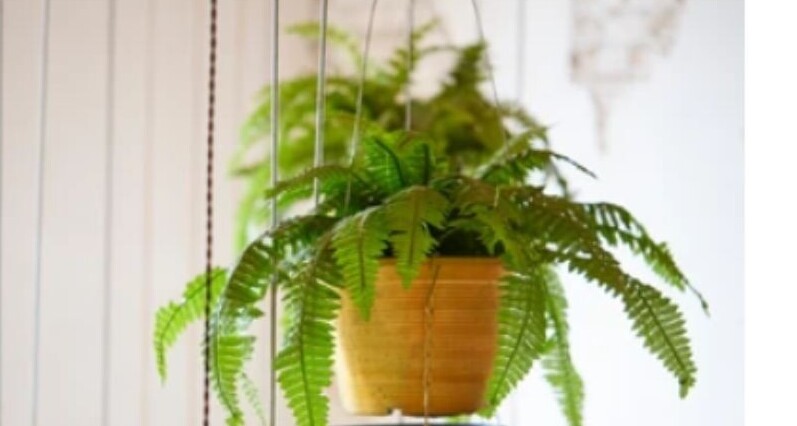
5. Boston Fern (Nephrolepis exaltata)
With its soft, feathery fronds and arching shape, the Boston Fern brings lush texture and a splash of nature indoors. Each frond can grow up to 3 feet long, forming a full, bushy plant that thrives in hanging baskets or decorative pots. Boston ferns enjoy high humidity and moist, peat-rich soil, making them ideal for bathrooms or kitchens with indirect light.
- Air benefits: Effective at removing xylene and formaldehyde
- Care: Requires consistent moisture and indirect light
- Humidity helper: Adds moisture to dry indoor air
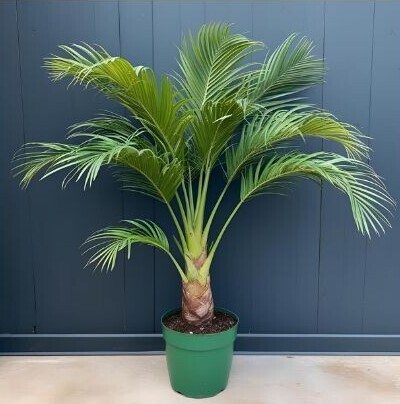
6. Areca Palm (Dypsis lutescens)
The Areca Palm adds a breezy, tropical vibe to your space with its tall, bamboo-like stems and elegant, feathery fronds. It can reach heights of 4 to 7 feet indoors, and its vibrant green leaves form soft, arching clusters. Best in bright, indirect light, the Areca Palm enjoys loamy, well-drained soil and appreciates regular misting to maintain its lush appearance.
- Air benefits: Humidifies and cleans air effectively
- Care: Needs bright, filtered light and regular watering
- Best for: Living rooms or offices with space
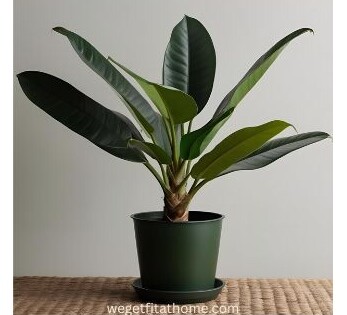
7. Rubber Plant (Ficus elastica)
The Rubber Plant commands attention with its broad, glossy leaves that range in color from deep green to burgundy. These upright, oval-shaped leaves grow on sturdy stems, and the plant can reach 6 to 10 feet tall indoors. It thrives in rich, well-draining soil and enjoys a warm spot with indirect light. Its dramatic foliage and vertical structure make it a favorite for modern interiors.
- Air benefits: Excellent at absorbing formaldehyde
- Care: Enjoys bright, indirect light and occasional watering
- Style: Adds a bold, tropical touch to any space
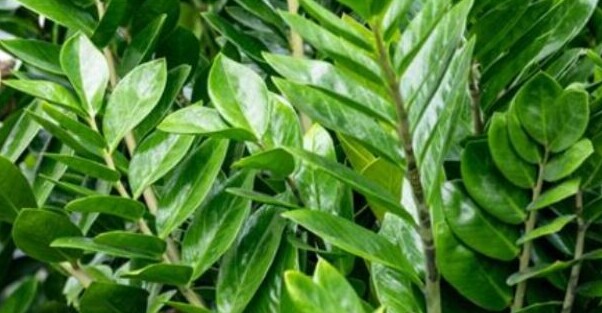
8. ZZ Plant (Zamioculcas zamiifolia)
The ZZ Plant features glossy, dark green leaves that grow in a symmetrical pattern along thick, upright stalks. Its sleek, waxy foliage reflects light and gives off a polished appearance, making it perfect for minimalist or contemporary spaces. Growing 2 to 3 feet tall, it flourishes in well-draining soil and requires minimal watering, thriving in even the lowest light conditions.
- Air benefits: Filters xylene and toluene
- Care: Extremely low-maintenance; perfect for beginners
- Lighting: Tolerates low light conditions w
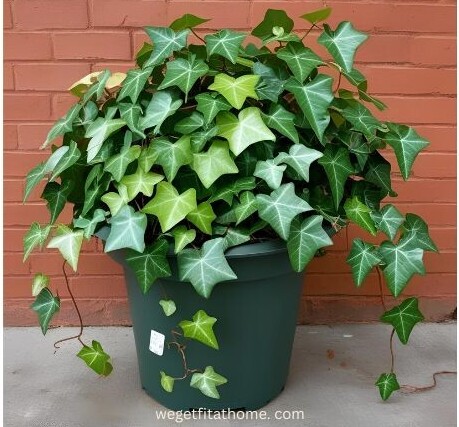
9. English Ivy (Hedera helix)
English Ivy is a classic trailing vine with dainty, lobed leaves in shades of green, often variegated with white or yellow. It adds a romantic, old-world charm to bookshelves, hanging baskets, or windowsills. Ivy vines can grow several feet long and prefer cool rooms, moist soil, and bright, indirect light. Its cascading growth habit makes it ideal for vertical interest.
- Air benefits: Removes airborne mold and particles
- Care: Needs regular watering and moderate light
- Perfect for: Hanging baskets or high
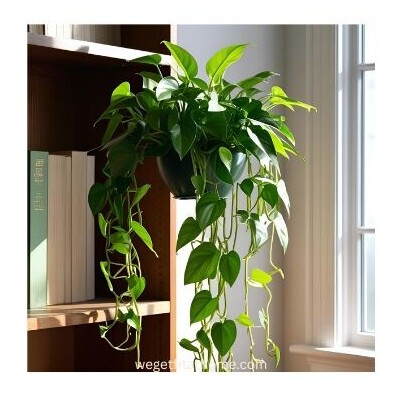
10.Pothos (Epipremnum aureum)
The Pothos is one of the most versatile and forgiving houseplants. Its heart-shaped leaves come in a variety of colors—deep green, golden-yellow, or marbled white. This fast-growing vine can trail from shelves or climb with support, often reaching 6 feet or more indoors. It thrives in standard potting soil, tolerates inconsistent watering, and adapts to low or bright indirect light.
- Air benefits: Clears carbon monoxide and formaldehyde
- Care: Easy to grow and propagate
- Flexibility: Thrives in low light and various temperatures
Tips for Caring for Air-Purifying Plants
1. Choose the Right Location
Place your plants where they’ll get the right amount of sunlight—some need bright, indirect light, while others tolerate low-light areas.
2. Don’t Over-water
Many houseplants suffer from too much water. Always check the soil before watering and use pots with drainage holes.
3. Keep Leaves Clean
Wipe the leaves with a damp cloth occasionally to remove dust and keep the plant breathing well.
4. Rotate Plants Occasionally
This ensures even growth and exposure to light.
5. Use the Right Soil
Each plant has different soil needs. For example, succulents like aloe vera need well-drained soil, while ferns prefer more moisture-retentive mixes.
Conclusion: Breathe Easier using the Best Indoor Plants for Clean Air
Improving your indoor environment doesn’t require fancy equipment or expensive filters. By simply adding a few of the best indoor plants for clean air, you can make your home healthier, fresher, and more inviting. Whether you’re new to plant care or a seasoned green thumb, there’s a plant on this list that’s perfect for your space. So go ahead—bring the outside in, and let nature do the cleaning for you!
Disclaimer: If you have any concerns or questions about your health, you should always consult with a physician or other healthcare professional. No content on this site should be substituted for direct medical advice from your doctor or another qualified healthcare practitioner. The information contained here is for informational purposes only. It is from my research and personal experience.
Related Posts
13 Healthy Habits for the Heart; a Heartfelt Journey to Wellness
Anti Aging Secrets Around the World
15 Effects of Drinking Coffee Everyday
Positive Thinking for a Longer Life

